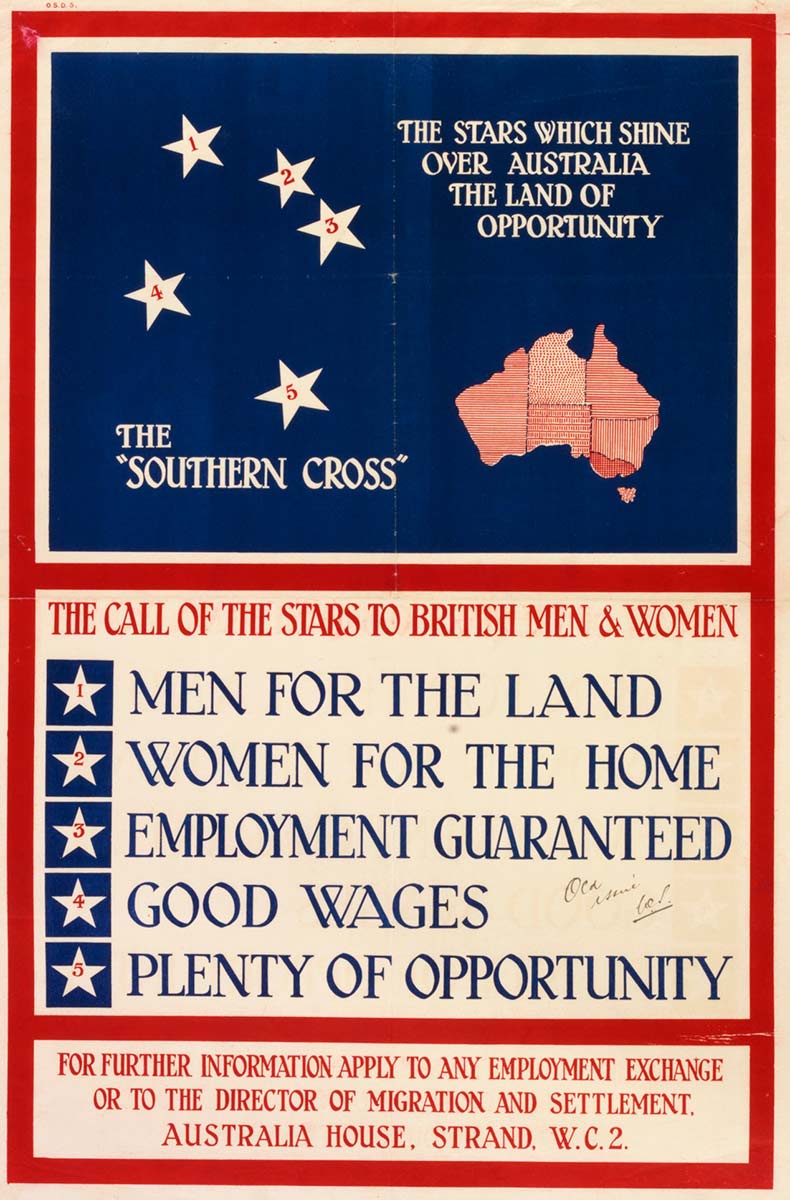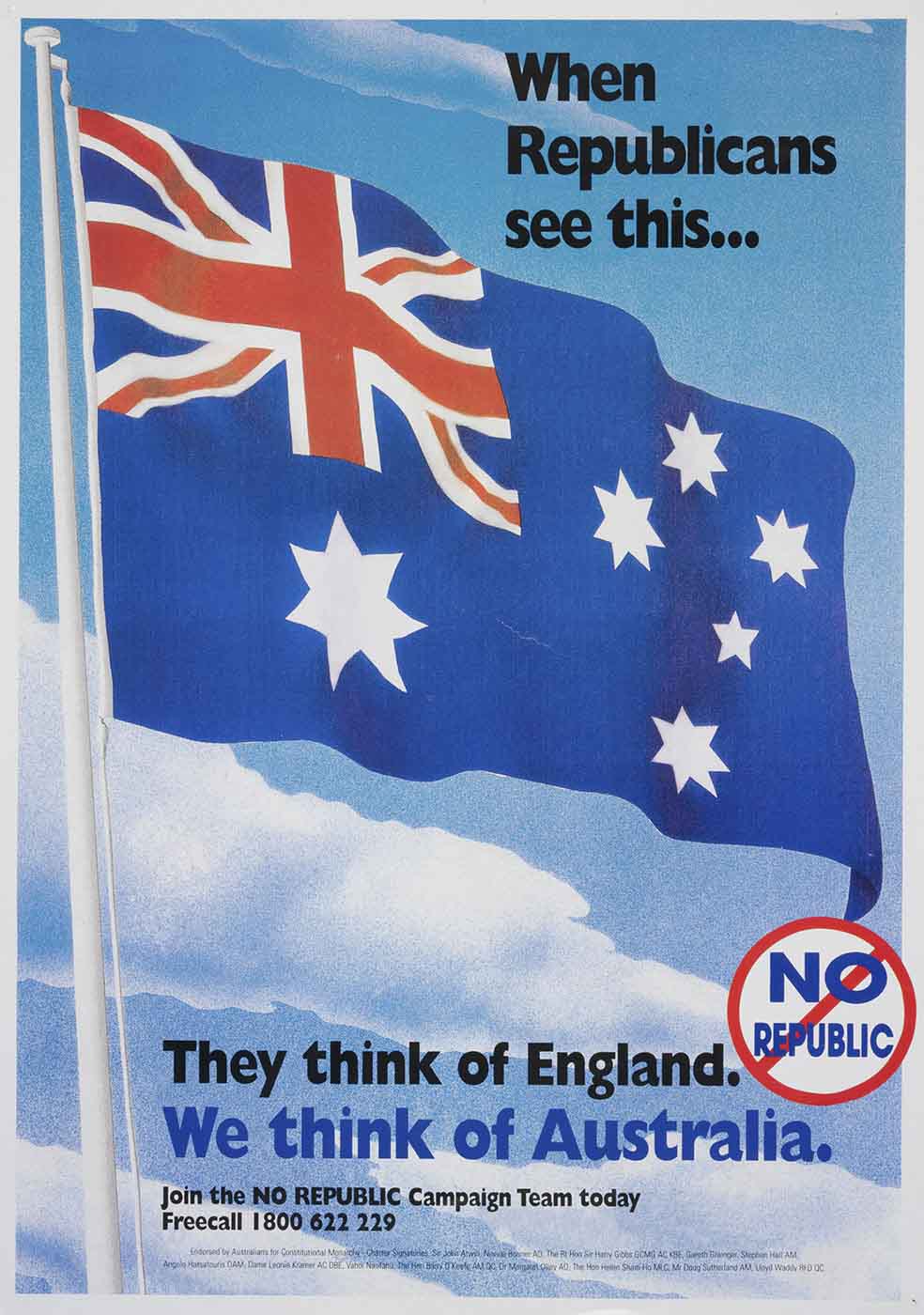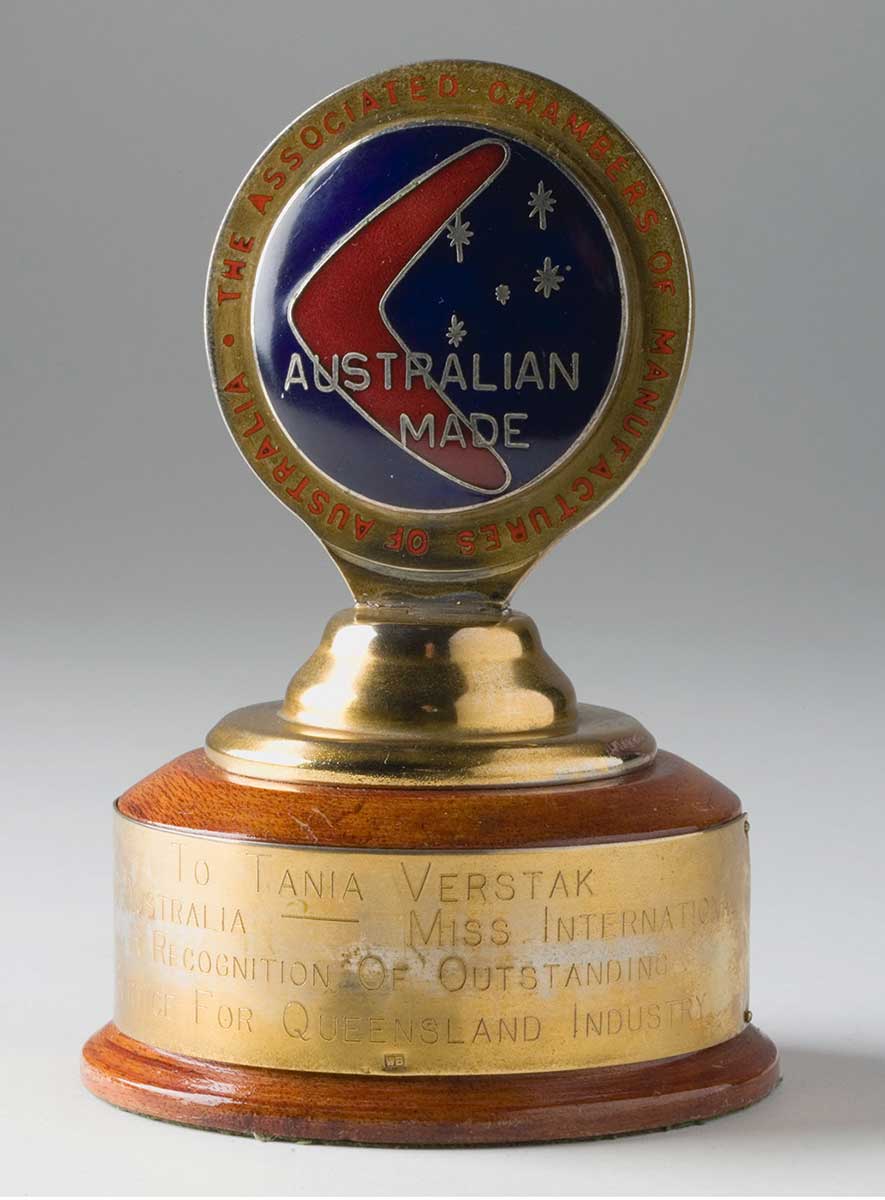The Southern Cross has been a part of Australia's First Nations cosmology for millennia. European voyagers in the late 15th century took it as a sign of divine blessing for their conquests. It was a symbol of rebellion after Eureka Stockade. Crux Australis forms part of the Australian national flag and is considered Australia's oldest symbol.
More on the Southern Cross
In 1854 miners at Ballarat stood beneath a flag stitched with a Southern Cross as a symbol of freedom.
The southern night sky as seen by First Nations people and the crew of the Endeavour in 1770.
The Southern Cross makes a record-breaking flight from America to Australia in 1928.
Since 1823 the Southern Cross has appeared on the flags intended to represent Australia. Combined with the Union Jack on the National Colonial flag and the blue and red ensigns of 1903, it served as an emblem of loyalty and affiliation with the British crown.
Appearing alone on the Eureka flag of 1854, it represented rebellion and a more 'independent' spirit. Trade unions continue to use the Southern Cross in their fight for better conditions for Australian workers.

'Honour the war chests' pamphlet with illustration by Lionel Lindsay, 1917

Southern Cross call of the stars poster, 1928

Political poster, 1999

Trophy awarded to Miss Australia, about 1963


‘I will help until the war is won’ badge, 1914–19

Southern Cross arriving in Melbourne, 1928

Dramatic society patriotic tableau, 1930–40
Shining light of the southern skies
First Nations people formed images with the stars. Some saw the Southern Cross as the footprint of a giant wedge-tailed eagle, with the pointer stars as a throwing stick used to hunt it.
The stars of the Southern Cross were also known to the ancient Greeks, who regarded them as part of the Centaurus constellation. In 1516 the stars were first described as a cross. They were recognised as a separate constellation early in the 17th century.
In our collection